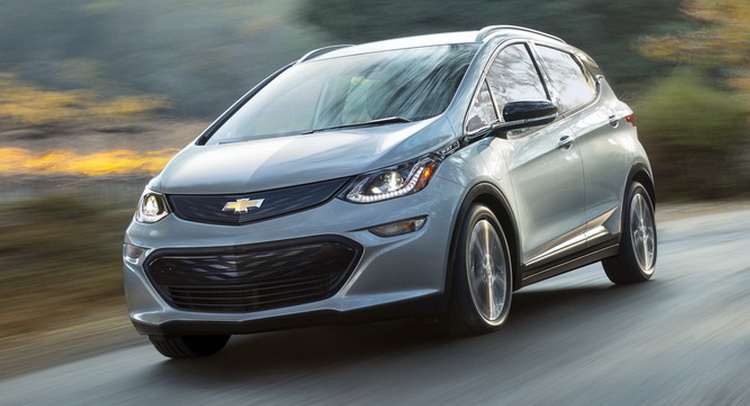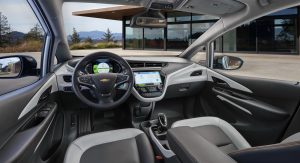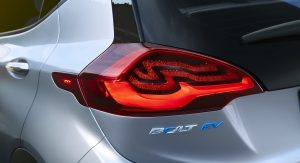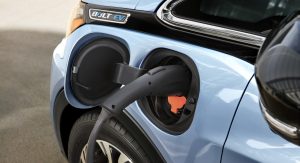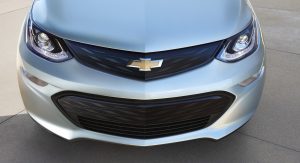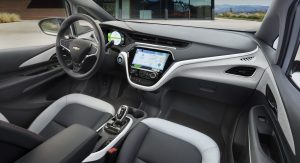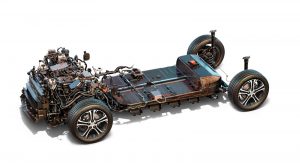Chevrolet announced details of the new Bolt EV and more specifically, what’s hidden under the skin.
The new Chevrolet Bolt claims the title of the first affordable electric vehicle with a usable driving range of more than 200 miles, according to GM estimates.
The single high capacity electric motor produces 200hp and 266lb ft (360Nm) of torque and is mated to Chevrolet’s first Electronic Precision Shift System, a shift-by-wire system that saves space and according to the company, manages to offer “precise feel and delivery of power and torque”.
Apart from being able to run on a single charge for more than 200 miles, the Bolt EV is also capable of reaching 60mph from zero in less than seven seconds, so it won’t another slow, environmental-friendly car. Top speed is rated at 91mph (145km/h).
“Being the leader in range and affordability means nothing if the car isn’t going to excite you each time you get behind the wheel,” said Josh Tavel, Chevrolet Bolt EV chief engineer. “That’s why the team was tasked with delivering a propulsion system that would also make the Bolt EV an electric vehicle that owners would love to drive”.
The floor-mounted 60kWh battery pack was developed by LG and features 288 lithiun ion cells in 96 cell groups. The weight of the battery pack is 960lbs (435kg). It uses active thermal conditioning much similar to the Volt, to keep the battery working on its optimum temperature. Chevrolet will cover the battery pack by an 8-year/100,000 mile limited warranty. The curb weight of the new Bolt is 1625kg.
The new chemistry used inside the battery pack is what makes the Bolt achieve its 200-mile driving range. The nickel-rich lithium-ion used inside gives the battery improved operating performance over other solutions and requires a physically smaller active cooling system.
Chevrolet says that for a typical commute of 50 miles, the Bolt can be recharged in less than two hours when a standard 240V wall box is used. With the optional DC Fast Charging system, the Bolt EV can be charged up to 90 miles of range in 30 minutes.
The Bolt’s new regenerative system is going to transform the range-boosting tool into a feature that improves the overall EV experience, thanks to its increased regenerative deceleration and software control, essentially allowing the so-called “one-pedal driving”.
This means that the Bolt will have the ability to come to a complete stop without the use of the brake pedal, when the Low mode is enabled or by holding the Regen on Demand paddle on the back of the steering wheel. However, this feature doesn’t replace the need of using the brake pedal, it just helps in maximising the harvest of energy.
Chevy’s i3 rival will have a starting price of $37,500, before any tax rebates which when applied, drop the price to $30,000, significantly cheaper than BMW’s less capable EV.




